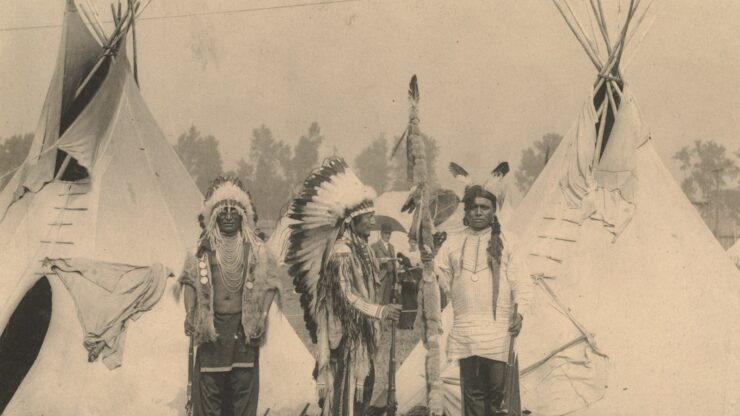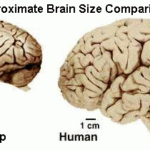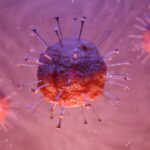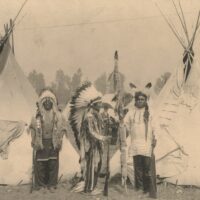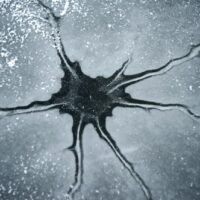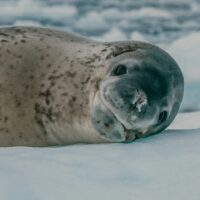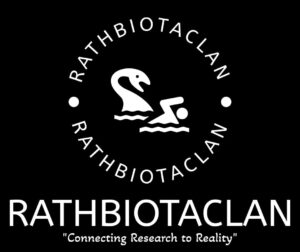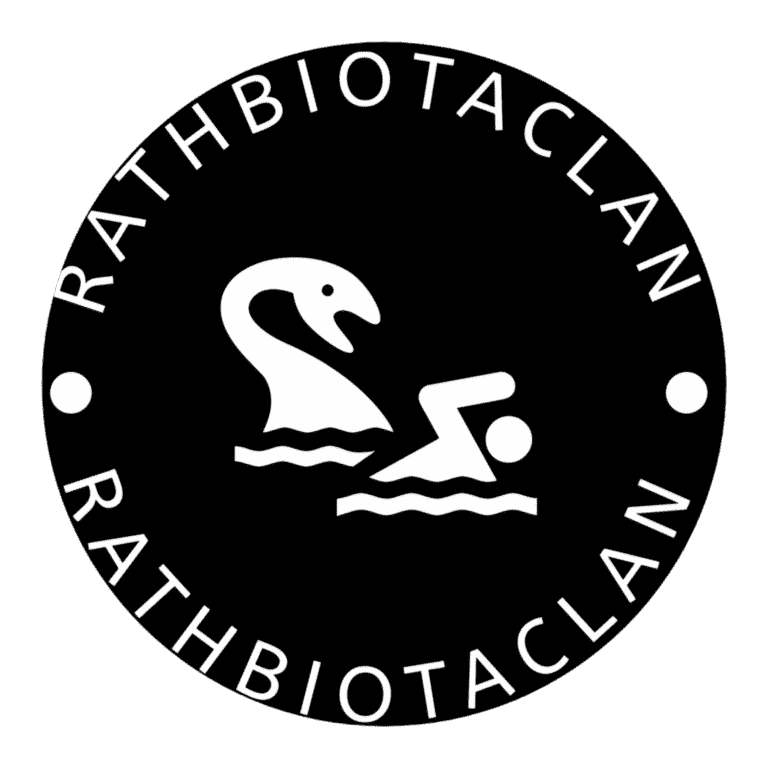For many years, scientists accepted a simple story about the first Native Americans (NAs). Groups moved from Asia and crossed the Beringia land bridge. This dry land connected Siberia and Alaska during the Ice Age. Major Native American founder types strongly support this traditional view. These include mitochondrial DNA (mtDNA) haplogroups A2, B2, C1, and D1. All trace their roots back to Siberia.
A recent study analyzed mitogenomes (the complete DNA sequence of the mitochondria). The mother’s line passes down this DNA almost exclusively. The study identified a crucial ancestral source far from Siberia: northern coastal China. This region contributed to the gene pools of both Native Americans and the Japanese archipelago.
The Genetic Clue: Haplogroup D4h
A rare mtDNA lineage called D4h provides the key evidence in this discovery. Specifically, researchers focused on D4h3a. Scientists know this as a distinctive founder lineage for Native Americans.
D4h3a has a closely related “sister lineage,” D4h3b. This lineage surprised researchers. Until recently, scientists had only observed D4h3b in populations in East China and Thailand. This genetic relationship suggested something important. The maternal ancestors of early Native Americans might have come from a much wider geographic range in Asia than just Siberia.
Scientists investigated this deep connection. They collected and analyzed data from over 101,319 Eurasian individuals. They identified 216 modern and 39 ancient D4h mitogenomes.
Tracing the Ancestral Homeland
The results strongly suggest an ancestral homeland for D4h and its important sub-branch D4h3. This homeland lay in Central or North China, specifically in a region near the northern coast. More than two-thirds (69.57%) of the contemporary D4h samples in North/Central China came from provinces along or near the northern coast. These include Hebei, Liaoning, Tianjin, and Shandong.
Ancient mtDNA samples further support this location. These samples belong to D4h3 and date back as far as 14–15 kilo years ago (kya). Scientists discovered them in the Amur River Valley in northern North China. One ancient sample from this area (~14 kya) represents the closest known Asian maternal link to the Native American founder D4h3a.
Two Major Waves of Expansion
The study identified two significant population radiation events. These are periods of population expansion and dispersal. Both originated from this northern coastal area of China.
The First Radiation (The Ice Age Wave)
This wave occurred during the Last Glacial Maximum (LGM), roughly 26.5–19.0 kya. The far north of Asia experienced an extremely cold climate. Despite this harsh climate, D4h sub-haplogroups, including D4h3, began to separate and expand. The lineage D4h3a traveled eastward during this dispersal. It eventually became one of the established pan-American haplogroups in Native Americans. This timing aligns with genetic evidence. American branches split from ancient East Asians around 23–20 kya.
The Second Radiation (The Post-Ice Age Wave)
This wave happened during the last deglaciation (19.0–11.5 kya). The climate improved after the LGM. This expansion led to the origin and spread of other D4h lineages. It most notably influenced the Japanese Archipelago. Haplogroups D4h1a and D4h2 are prevalent in Japan. D4h2 dates back to 20.05 kya. Scientists have found D4h2 in ancient Jomons. Experts see these people as descendants of the Paleolithic settlers of Japan. Temporary land bridges existed between China and the Japanese Archipelago until about 12 kya. The movement into Japan likely used these bridges.
Supporting the Coastal Route
The geographical distribution of these lineages strongly supports the coastal dispersal scenario (or “coastal route”). D4h3a appears in the Americas. D4h1a and D4h2 appear in Japan. All cluster along the Pacific coast. This theory suggests that the earliest Americans traveled along the eastern Pacific coastline. They did not wait for an inland ice-free corridor to open.
Parallel evidence from the paternal side reinforces the maternal findings. The Y chromosome haplogroup C2a-L1373 appears to have differentiated in northern China near the coast. This happened at a similar time to the first D4h radiation. C2a-L1373 is an ancestor to certain Native American founder lineages. Ancient samples from northern China (~14 kya) have shown the coexistence of both mtDNA D4h3 and Y chromosome C2a-L1373. This links the maternal and paternal ancestors of Native Americans to this region.
Archaeological similarities also support a historical connection along the Pacific rim. Scientists have found distinct stemmed projectile points and microblades in North China, Japan, and the Americas. These artifacts date back to the Pleistocene period. They align with the coastal dispersal hypothesis.
Conclusion
This research reveals a more complex ancestral story for early Native Americans than scientists previously thought. Northern coastal China served as an important, additional source of genetic ancestry. This ancestry spread across the Pacific rim during two major population radiation events. D4h3a only makes up a small portion of the Native American gene pool. However, it plays a vital role in completing the full picture of early Native American origins.

